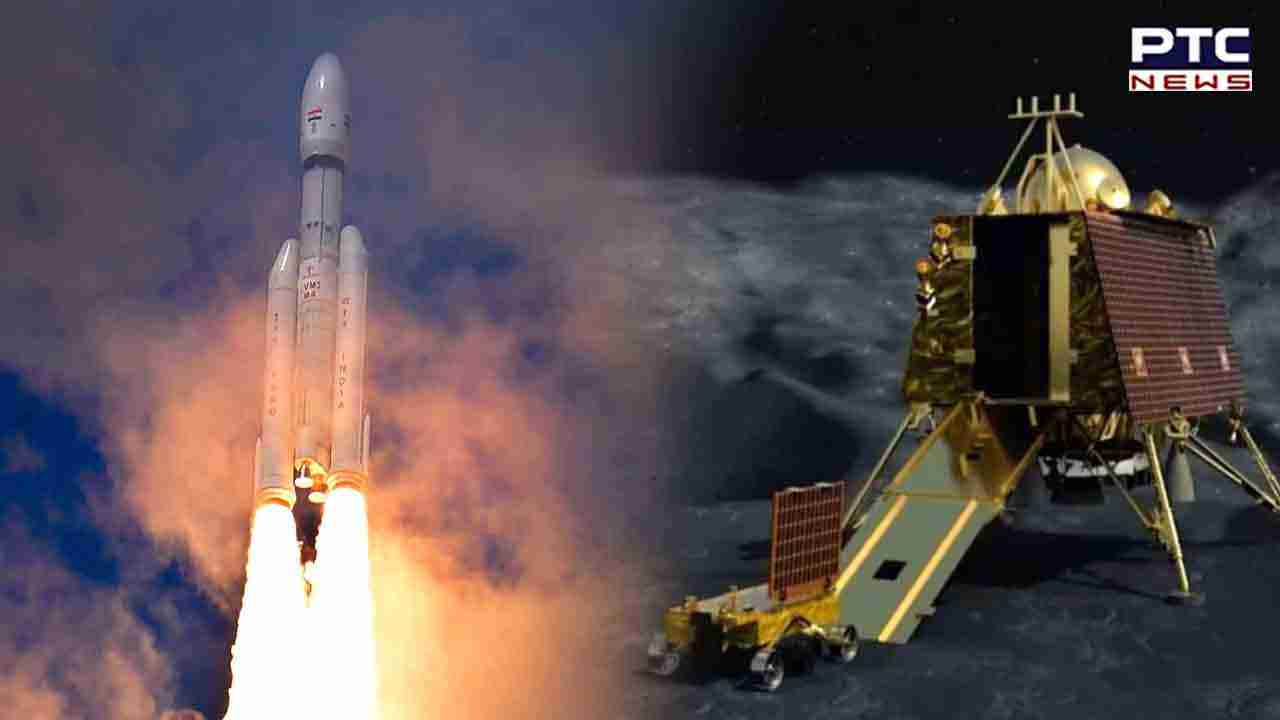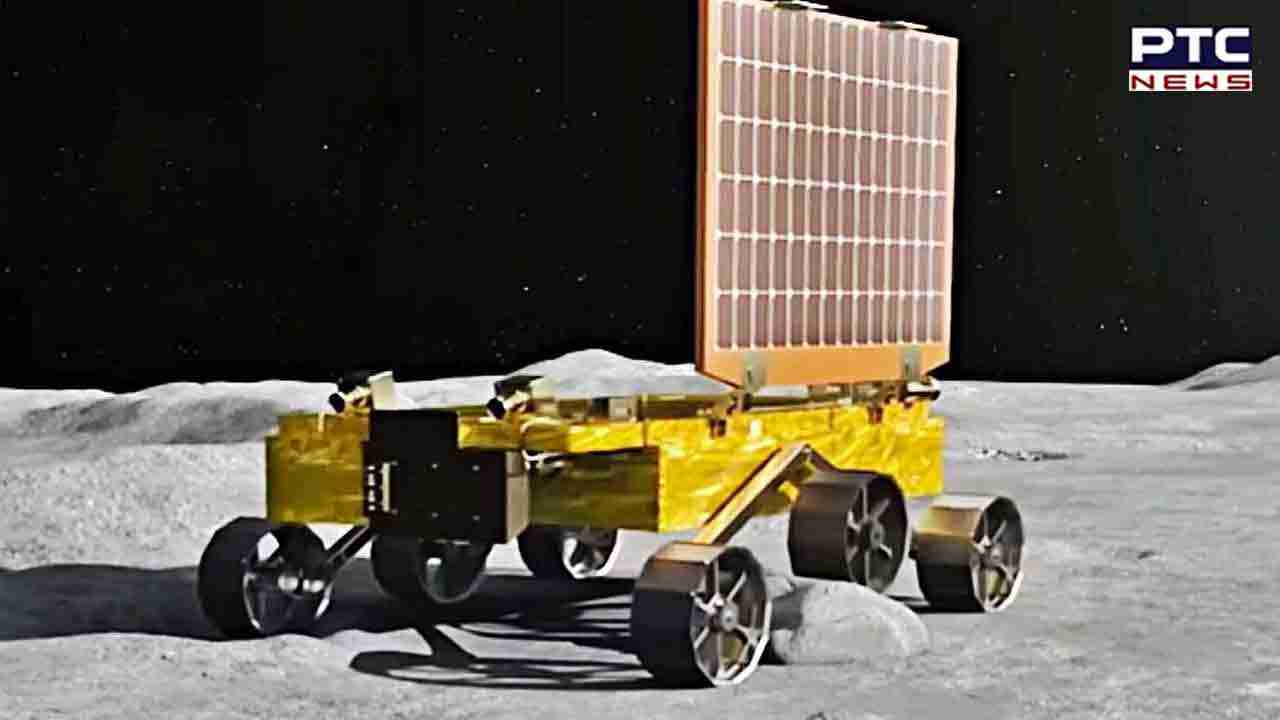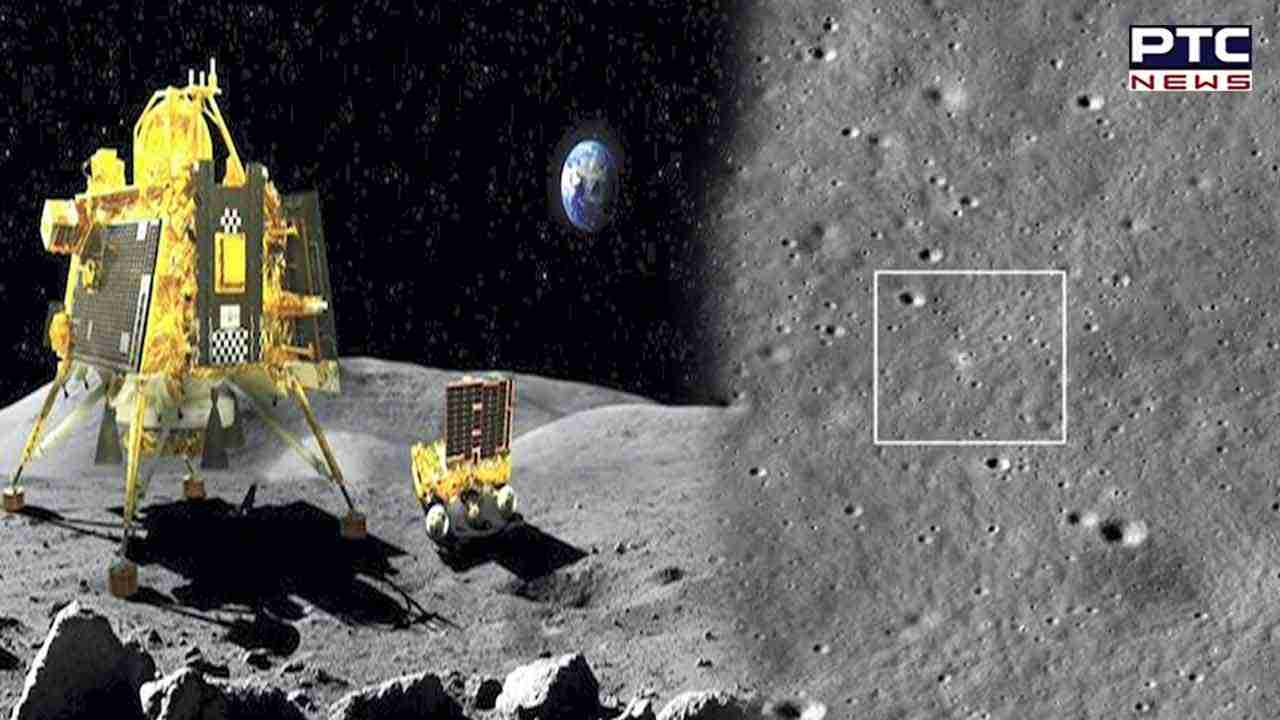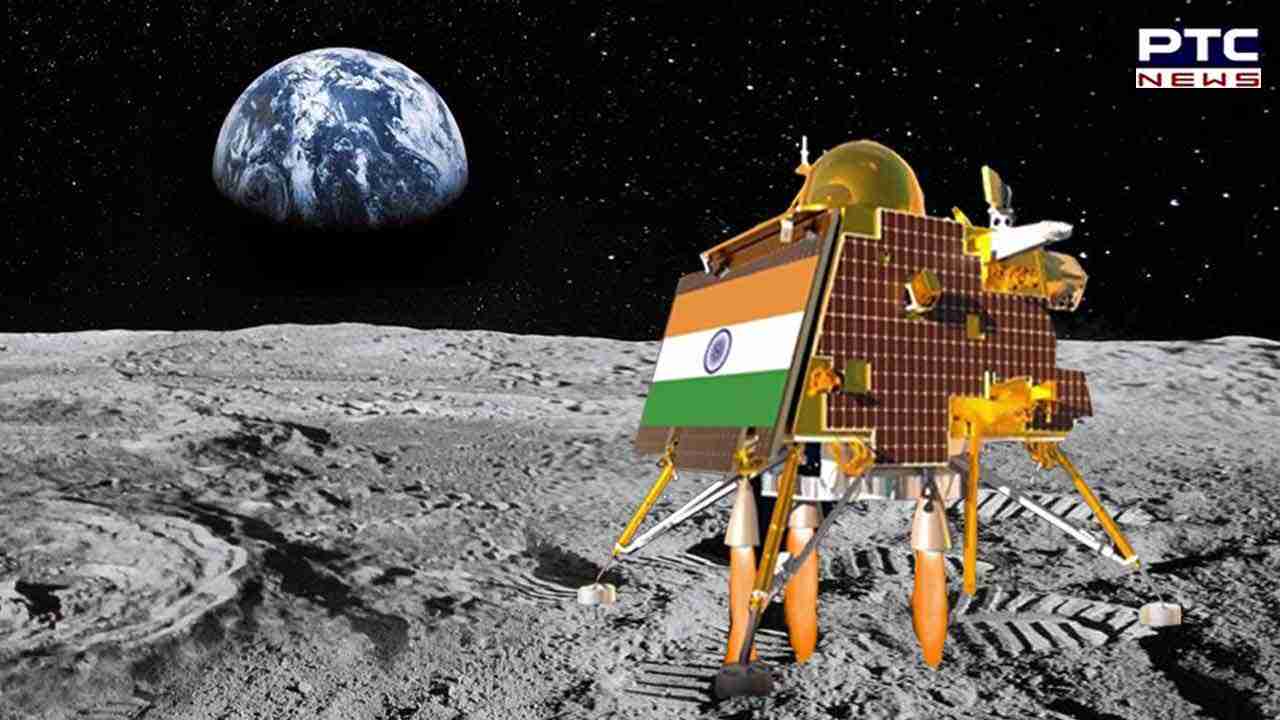

Chandrayaan-3 mission: Vikram lander and Pragyan rover to wake up on Sept 22, check details
Chandrayaan-3 to wake up soon: Days after the significant and remarkable chapter in the nation's history, with the Chandrayaan-3 Vikram Lander accomplishing a successful touchdown on the Moon, now Indian Space Research Organisation is set to establish contact with Chandrayaan 3 Lander and Rover who are currently in "sleep mode" near the Moon’s South Pole after having completed their set tasks.
As per the reports, the Vikram lander and the Pragyan rover of Chandrayaan-3 expected to awake on Friday (September 22).

The reports further stated that the solar panels on board Vikram Lander and Rover Pragyan will charge their batteries when the lunar day begins tomorrow on the Moon. The focus is on the Shiv Shakti point on the moon, where the two payloads are currently sleeping near the Moon's South Pole. When the new Moon dawns, ISRO ground stations will attempt to reactivate the modules and on-board scientific instruments whenever optimal sunlight is available.
Bhubaneswar-based space scientist Suvendu Patnayak said, “The Chandrayaan-3 landed successfully and it worked for almost 14 days. It was designed to work for 14 days (on the moon). Its life period was only 14 days because the moon's temperature falls down to (-) 250 degrees during the (lunar) nighttime. So it worked during the sun hours or daytime and during that it had already given all the data (it was supposed to).”

“It is very difficult for few electronic components to work in such a huge range of temperature. So it was expected it would not work after 14 days…But a few scientists are very hopeful that it may work again. So if it works again, it will be a boon for us and we will perform the same experiments again and again,” Patnayak added.
Significantly, the eagerly awaited Chandrayaan-3 mission carved a remarkable chapter in the nation's history, with the Chandrayaan-3 Vikram Lander accomplishing a successful touchdown on the Moon. This achievement positions India as the foremost country globally to achieve a spacecraft landing on the lunar South Pole.
After having landed, the Vikram lander and the Pragyan rover performed different sets of tasks on the lunar surface for about 14 days, including finding the presence of sulphur and other minor elements, recording relative temperature, and listening to movements around it. One day on the Moon is equal to 14 days on Earth.

The Vikram Lander had also successfully undergone a hop experiment, in which it had likely experimented possibility of relaunching it from the lunar surface. The lander elevated itself by about 40 cm and landed safely at a distance of 30-40 cm away.
The successful culmination of the Chandrayaan-3 mission is unquestionably a reason for global celebration and elation.
- With inputs from agencies
